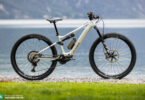“If you wake up feeling no pain, you know you’re dead.” This is something you can is typically hear the older generation say. But it might just as well apply to us, mountain bikers. It feels like there’s always something tearing or popping in your body. But where do these aches and pains come from, and how can we alleviate them? Join us on a quick tour through our editorial hospital.
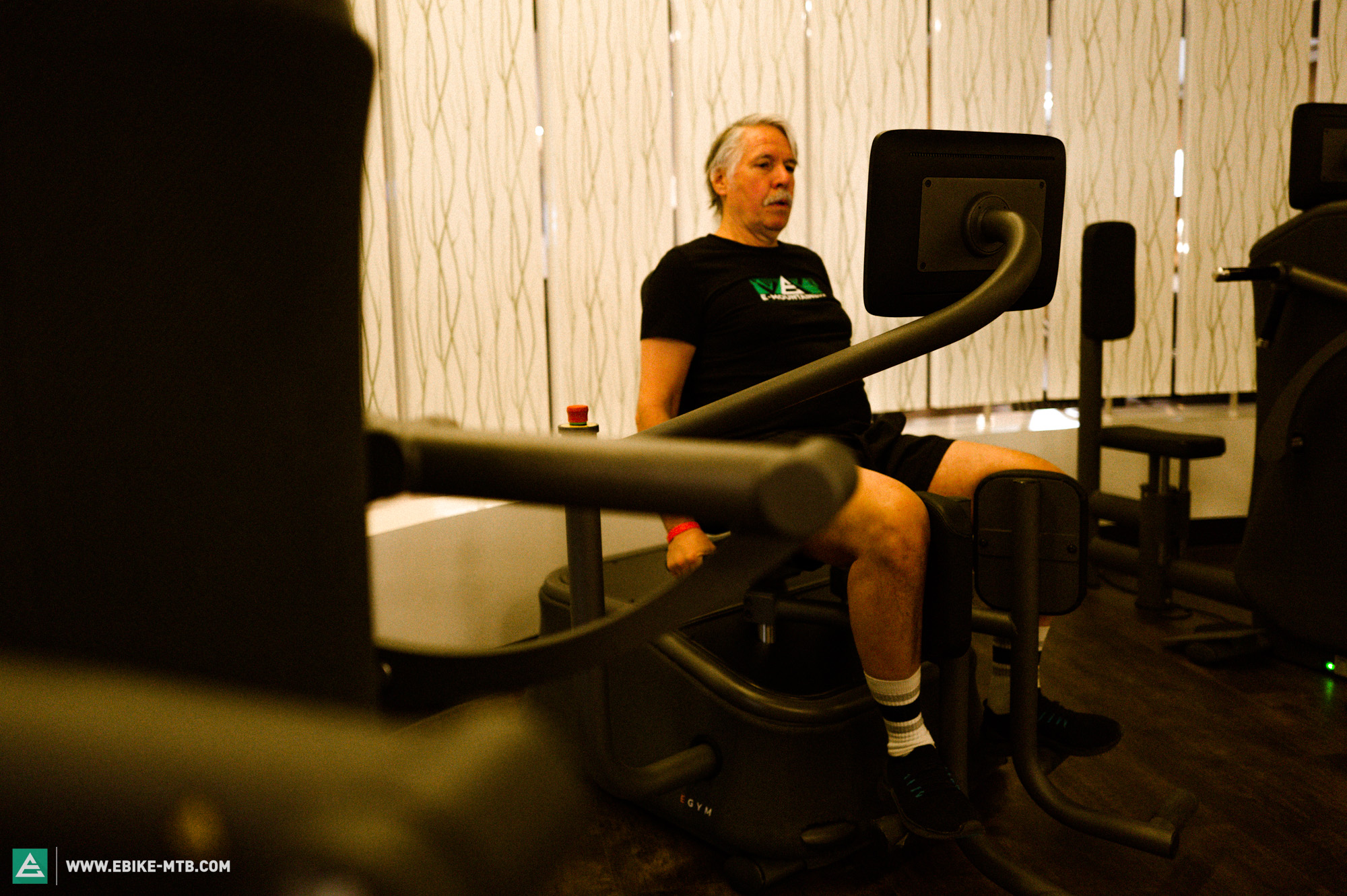
DISCLAIMER: We are by no means health experts, certainly not doctors, and no miracle healers. We do a lot of cycling and play a few other sports. We aren’t exactly spring chickens, but, like so many others, we sometimes just have bad luck. We probably deal with the same injuries, ailments and illnesses as you do. So we thought we’d share our experiences with you in a short series: What happened? What was done? What was a waste of time and what really helped? The starting gun is fired by the magazine founders’ dad, Manne, and his right knee: Fire away, Evil Kneevel!

And there it was for the first time: this stabbing pain in his right knee. Out of the blue. “It will go away,” thought Manne, as months of pain crept up on him without warning. He started to affectionately call his bad knee Evil Kneevel. And it would be a constant, although not exactly welcome, companion over the coming months. But let’s start at the beginning.
The first step – Consulting a traditional doctor
For weeks, Manne endured severe pain and limped around instead of enjoying long laps with his dog Henry and his ebike. Even climbing stairs became an agonising ordeal. After trying the usual home remedies such as cold packs, heat therapy, pain gel, and even avoiding exercise – you know, the whole RICE thing – it wasn’t getting any better. If anything, it was getting worse.
So Manne decided to consult a local orthopaedic surgeon. The initial suspicion, even before the examination, was osteoarthritis, the wearing away of bone and cartilage material in the joints. The obligatory X-rays revealed no other obvious damage. In other words, Manne was no wiser than before. In any case, the pain didn’t disappear with the diagnosis. The doctor did, however, give Manne a prescription for physiotherapy and a book to read: “Die Arthrose-Lüge” about the facts and myths related to osteoarthritis by the controversial authors Petra Bracht and Roland Liebscher-Bracht. The book is currently only available in German, but you can find information about it in English on the Internet. Manne immediately ordered a copy online.
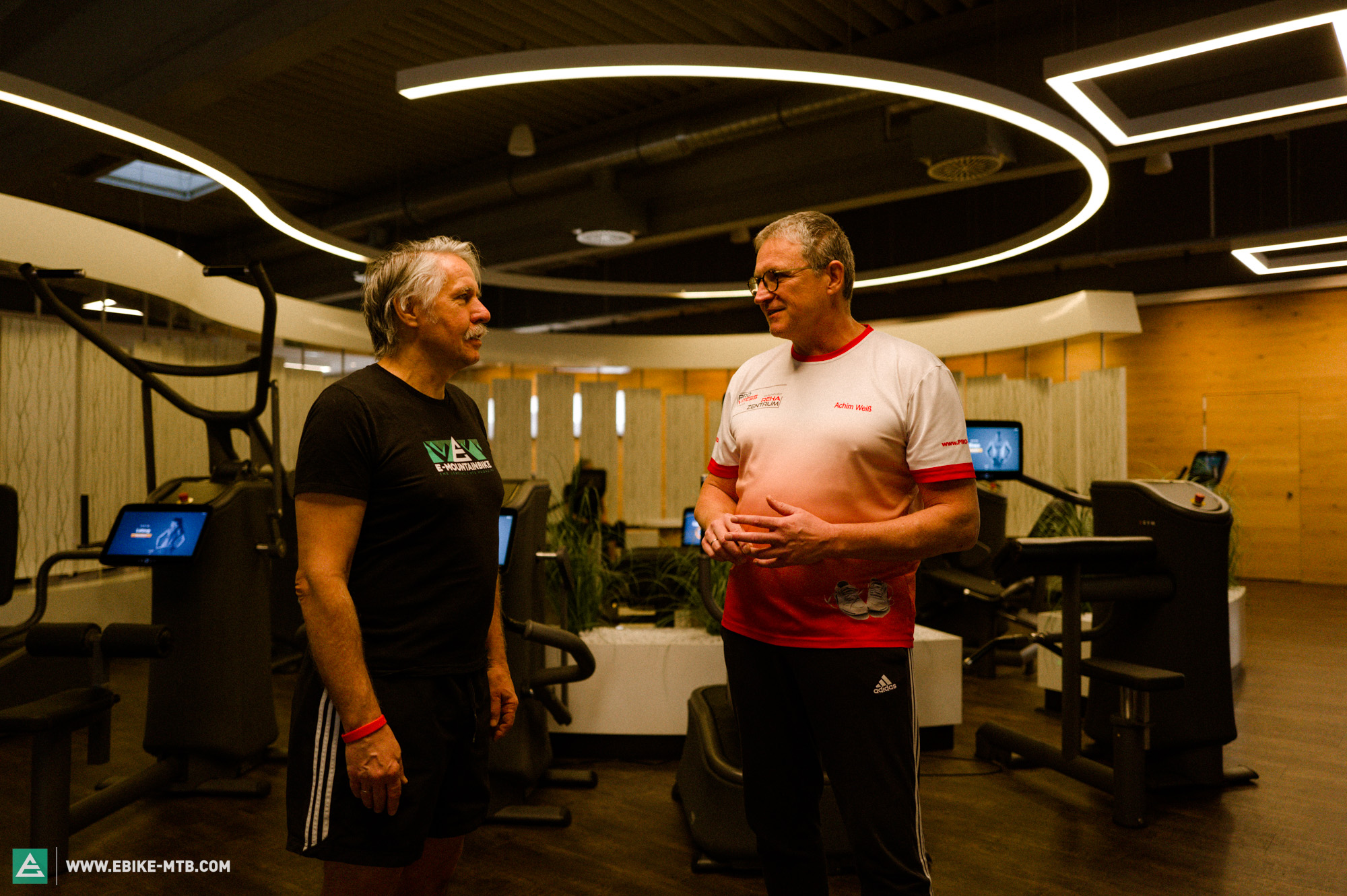
The book about osteoarthritis – Worth every penny!
Although published in 2017, Liebscher and Bracht’s book “Die Arthrose Lüge” has lost none of its relevance. On the contrary, more and more people, often younger folks, are suffering from osteoarthritis or related issues. It is the most common form of joint pain in the world and, unfortunately, is still considered by many to be a genetic condition that is usually incurable. Phrases such as “it’s just the way it is”, “you just have to live with it now” and “it can be easily managed with painkillers and cortisone” are common responses when people are diagnosed with osteoarthritis. However, there are a growing number of alternative perspectives on the subject.
Many knee operations are unnecessary and serious complications can occur. Symptoms often do not improve after surgery. We recommend muscle training around the knee joint, as well as whole-body muscle training, to help stabilise the joint. This can protect the knee joint from excessive stresses. – Achim Weiß, sports therapist
The prevailing view is that although it is not completely curable, osteoarthritis can at least be managed without long-term medication. This allows people to lead a carefree life with minimal restrictions, including being able to do sports. Both nutrition and exercise play an important role in this process.

The authors, Petra Bracht and Roland Liebscher-Bracht, have chosen an approach that combines the two components of diet and targeted exercise to reverse the degenerative processes.They claim that even damaged cartilage tissue can grow back. Whether this is physiologically explainable and verifiable cannot be conclusively determined at this point, nor is it relevant to this article. The important thing is to be engaged and approach the subject without prejudice. That’s exactly what Manne did. In particular, the stretching exercises described in the book quickly relieved the acute symptoms. At the same time, Manne underwent physiotherapy, including lymphatic drainage and strength training, at a rehabilitation centre with an attached gym. The exercises and, more importantly, the intensity of the training were tailored to the damaged knee.
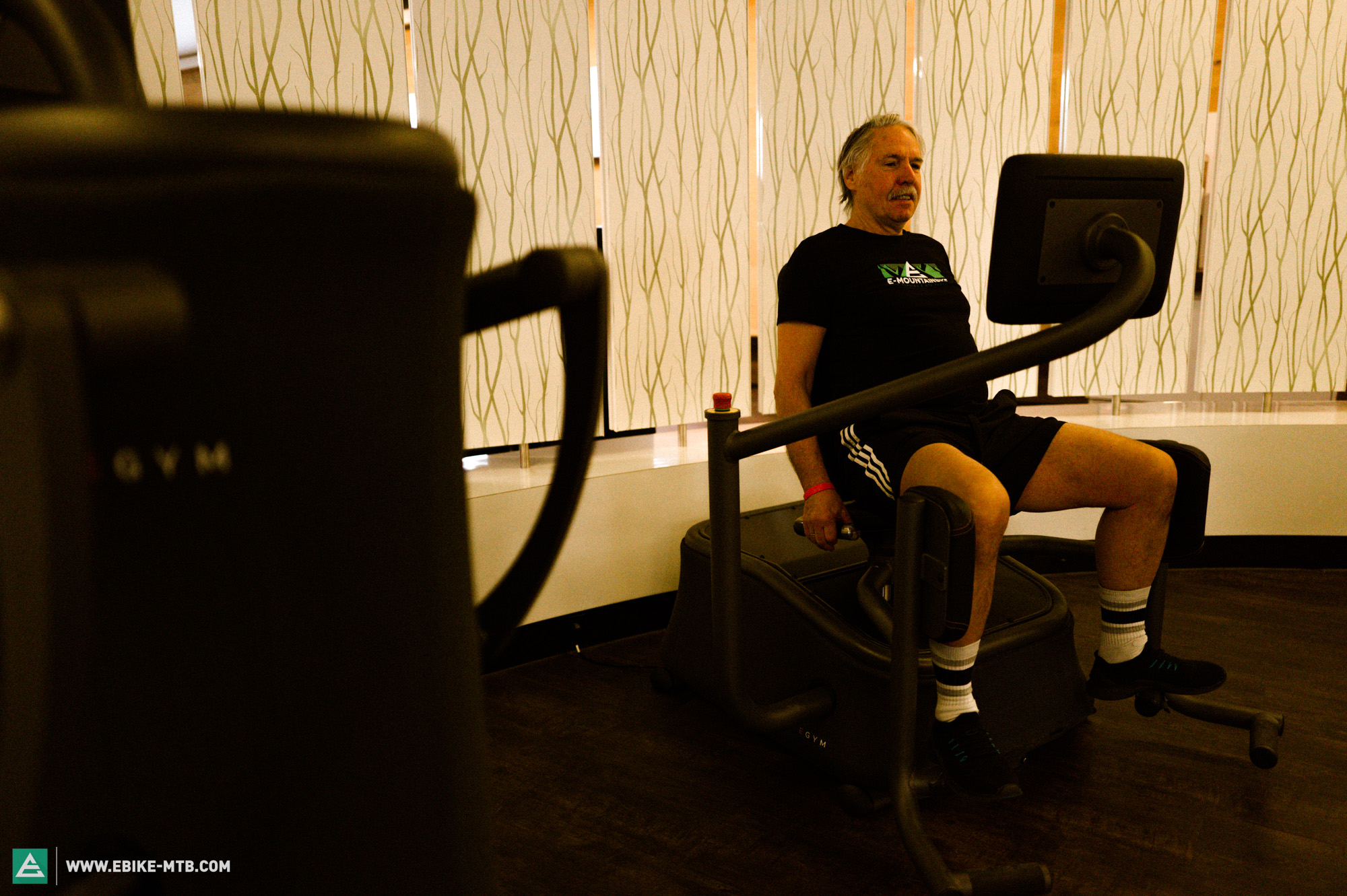
The orthopaedic surgeon recommended an MRI scan to determine the extent of the knee damage, even though his symptoms were diminishing. No sooner said than done.
Surgery after all?
Manne returned to the orthopaedic surgeon with the results of the MRI. The diagnosis: osteoarthritis of the knee at an age-appropriate stage. While the radiologist recommended a minimally invasive procedure to grind down the edges of the bone for further relief, the orthopaedic surgeon warned that any procedure carries risk and that surgery could potentially make things worse. And because Manne had already made significant progress with stretching exercises and physiotherapy, experiencing pain-free periods for days on end, he decided against surgery. And he is in good company: The Institute for Quality and Efficiency in Health Care (IQWiG, Germany), a foundation funded by the German Federal Ministry of Health, warns about the possible side effects and complications of knee arthroscopy and even clearly denies that this treatment can relieve or permanently eliminate the symptoms of knee osteoarthritis.
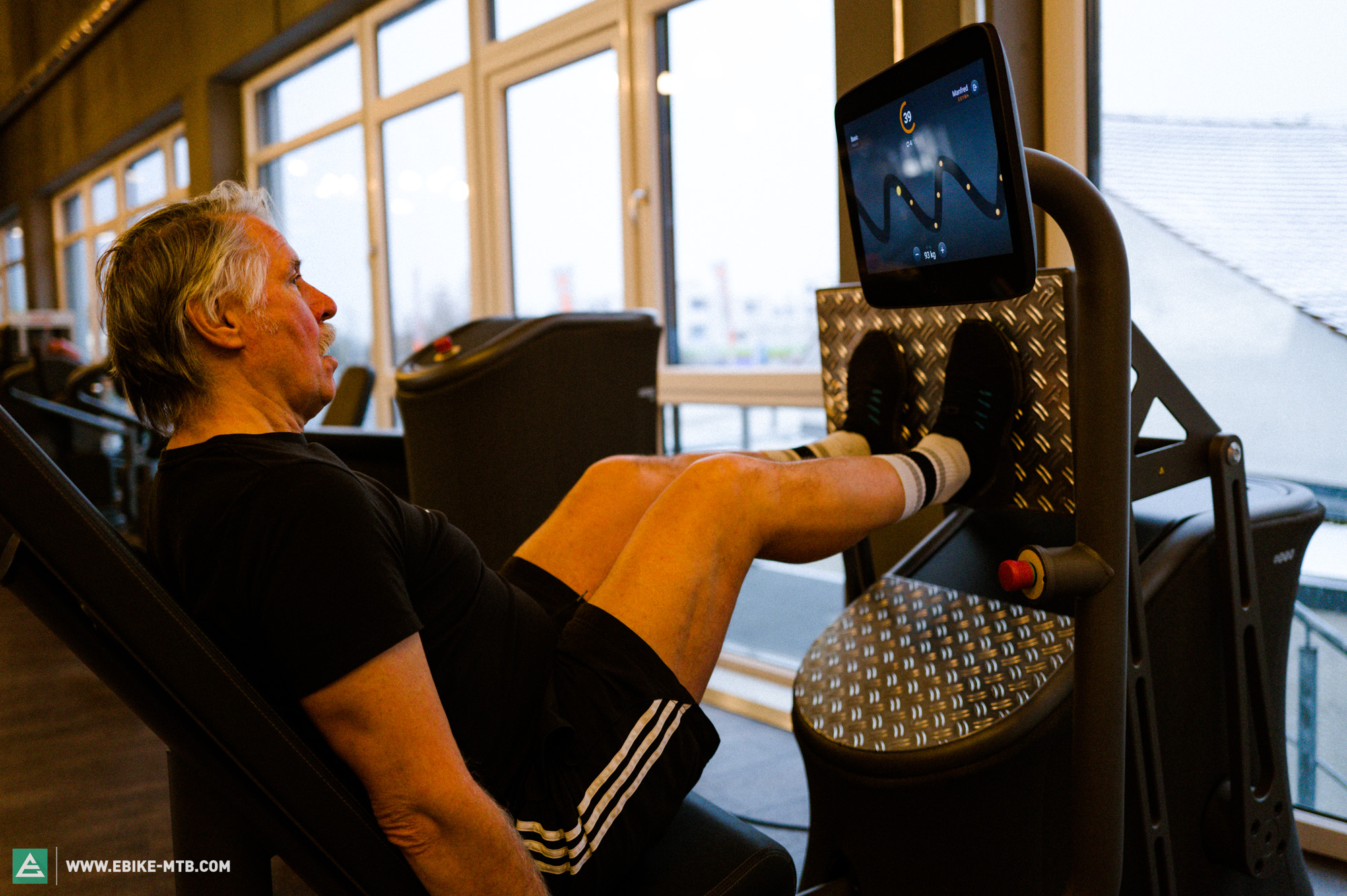
Of course, Manne continues to do the exercises from the book “Die Arthrose Lüge”. Physiotherapy is also still part of his routine. And as far as his diet is concerned, Manne has been on the right track for many years: in the morning he usually eats home-made wholegrain muesli, sometimes as a bircher version with freshly grated fruit. His other meals are as balanced as possible and contain little meat. Whether the pain will be a thing of the past or return one day is written in the stars. But one thing is certain: for Manne surgery is out of the question for the foreseeable future.

Conclusion: Don’t go under the knife right away
With age signs of wear and tear are almost inevitable – and not just on a bike. Conventional medicine is quick to resort to medication and, unfortunately, often to the knife. This may help – but not necessarily. Unless surgery is unavoidable, you should first consider conservative alternatives: stretching and strengthening exercises, proper diet, physiotherapy… or a combination of all of these. It worked for Manne. His Evil Kneevel has been tamed without surgery.
Did you enjoy this article? If so, we would be stoked if you decide to support us with a monthly contribution. By becoming a supporter of E-MOUNTAINBIKE, you will help secure a sustainable future for high-quality cycling journalism. Click here to learn more.
Words: Patrick Gruber Photos: Antonia Feder, Robin Schmitt









